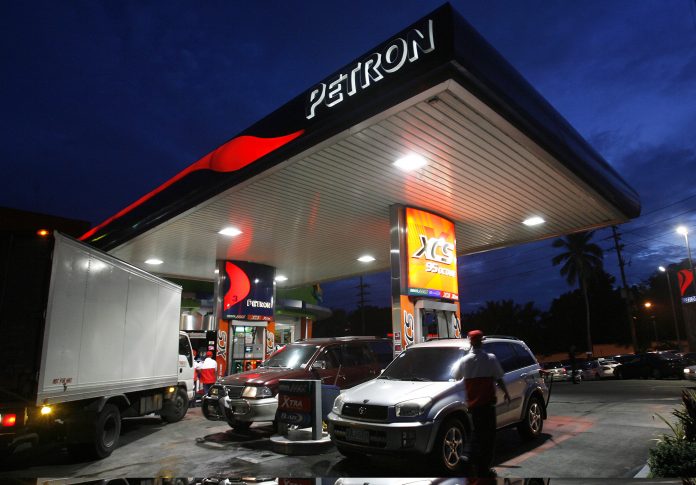
HONGKONG – Oil prices have been creeping upwards for more than a year, quietly gaining ground as emerging-market investors fretted about trade and the end of cheap money. But now that crude is near the highest in four years, it’s suddenly a hot topic.
For energy importers, the squeeze in supply is stoking inflation, while climbing US rates lure funds from their markets. Countries that control the pumps can use the extra cash to inoculate their economies against future fallout from Washington’s trade war with China and offset the tight domestic policy needed to keep investors keen when Treasury yields are at a seven-year high.
Whether crude hits $91 per barrel, as Citigroup Inc. says it may, or if it breaches $100, as other major oil traders suggest, no nation’s relationship to the rally is the same. What the countries all have in common are the trade-war shock waves they face, which have buffeted the outlook for global growth and provide plenty of scope for mishaps.
Brent crude was little changed at $80.27 per barrel after trading above $85 earlier in the week. After six days of declines, developing-nation stocks climbed on Friday and currencies headed for a weekly advance.
‘LOSERS’
Rice shortages, particularly after the latest natural disasters across Southeast Asia, are fanning inflation, which has quickened every month this year.
Of Southeast Asia’s major economies, the Philippines has the strongest correlation between oil and inflation for the 12 months through August, according to calculations by Bloomberg Economics’ Tamara Henderson.
Southeast Asia’s biggest economy Indonesia is a net importer of fuel, but five interest-rate hikes for a total of 150 basis points has kept inflation within the central bank’s target range and eased the rupiah’s retreat. The government has attempted to stem the reliance on foreign fuel, imposing import curbs and delaying some infrastructure projects.
Still, Indonesia’s currency is down about 11 percent this year and central bankers acknowledge there’s more work to do to prevent capital flight amid mounting global risks.
‘WINNERS’
The world’s largest oil exporter Saudi Arabia has emerged as a haven amid this year’s emerging-market rout with the correlation between stocks and Brent at the strongest in 15 months. The government announced plans this month to increase spending in 2019 more than initially forecast.
But Brent is still below $88 a barrel, the price the biggest Arab economy needs to balance its budget this year and the kingdom is pursuing multi-billion dollar plans to wean itself from oil.
Crude is higher than the so-called breakeven prices for Kuwait, Oman, Qatar and United Arab Emirates, but Bahrain, which is getting $10 billion in aid from its Gulf allies, needs crude at $113 a barrel this year to balance its budget. (Bloomberg)







